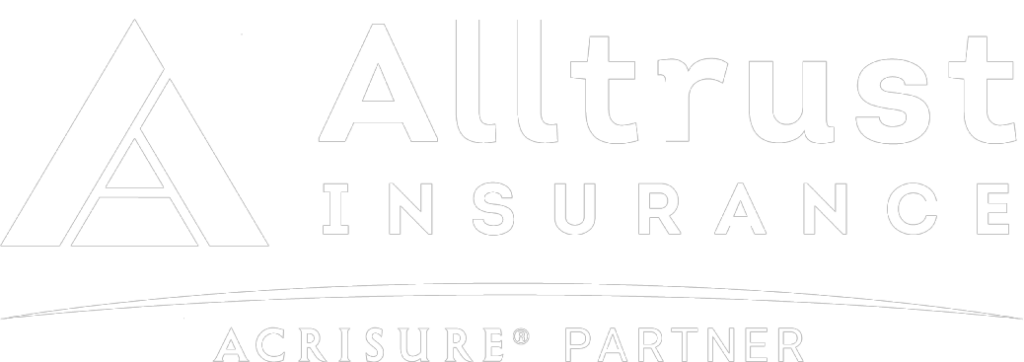Human resource departments encourage reskilling within a company to promote a culture of continuous education. Especially in light of the pandemic, companies have had to adjust their staffing needs to keep up with demands. Any industry can benefit from reskilling within its organization.
What is Reskilling and Why is it Important
Reskilling refers to the process of employees learning new skills or completing training needed for a new position within the company. Many companies are reskilling employees instead of laying off or firing employees to meet staffing expectations. Employers might need to eliminate a certain position and be reluctant to let go of top-performing employees. Another scenario is an employee’s current role isn’t suited for their talents and might be successful in another position.
Reskilling prioritizes education within a company and creates a culture of learning. Reskilling can save companies money as it’s more cost-efficient to utilize existing employees rather than hiring outside the organization to fill the role. It shortens the training timeline and can help companies transition to a remote work setting as well.
Benefits of Reskilling
Many employers reap the benefits of reskilling by reducing employee turnover and improving retention. Employees tend to stay with a company longer if there are chances of advancement and implementation of educational programs. Employees now more than ever are looking to work for companies with opportunities for growth and oppose companies where they would remain stagnant in a position. In addition, reskilling can attract new talent that is adaptable to change.
Reskilling can help employees reach their professional goals and appreciate their employer investing in their education. It can harbor a sense of job security for employees.
Another added benefit is the increase of productivity, creativity, and morale within the organization. Reskilling can generate diversity and more versatile employees. It can serve both employers and employees, and improve the workplace environment.
Four Key Elements and Steps of Reskilling
Objectives and Improvement
The first step in reskilling is to analyze current or future roles and determine how they can improve. Identify the employees with transferable skills and who would thrive in that position. Not every person is a good fit for reskilling, as some might be content with their current roles. Reskilling doesn’t always mean employees transferring from one department to another; it can be an opportunity to promote employees to a higher level in their current department.
Identify the objectives the role is looking to achieve and what skills are essential to the company. It’s important for employers to focus on what skills are needed rather than what employees are available.
Create a Plan
Once it’s identified what skills are needed, it’s easier to create a plan. Setting SMART goals can help organize strategies (Specific, Measurable, Attainable, Relevant, Time-based). When employees have specific goals they can meet, it can make the transition run smoothly. Reskilling can help fill in the talent gap for certain positions.
Collecting data throughout the process can be useful. The data to be collected could be employees’ existing skills, skills to be on the lookout for, how successful the reskilling plan is, and post-training assessments. Analyzing the data can help find what areas need adjustment and improvement. Involve the employees’ feedback in the planning process.
Training and Development
When there’s a plan in place, education and training can start. The reskilling training is similar to new-hire training, and organizations can apply what has worked for new-hire training when implementing reskilling.
Different methods can be used for reskilling:
- On-the-job training – Some employees might thrive with learning as they go. On-the-job training allows employees to learn and immerse themselves into the position immediately.
- Online learning – For remote employees, this might be their only option. It can also be beneficial for on-site employees, as online information can be accessible anytime.
- Blended learning – Combining both in-person and online training can help employees get a fuller understanding of the position and directly ask any questions they might have.
- Mentoring – Experienced employees in the current position can provide first-hand knowledge to those in training.
- Workshops – There may be more than one person in the training program, so implementing a workshop might be the most efficient strategy. Workshops can give the opportunity for interaction with fellow employees and provide different viewpoints.
- Job shadowing – This can be done in addition to mentoring. Job shadowing allows employees to follow experienced employees to observe the position closely. Employees can get a glimpse of the expectations of the position and also evaluate if they’re a good fit for the position.
Some organizations might need to utilize more than one method of training in order to accommodate all employees in the program. In particular, organizations that might be solely remote or hybrid may consider this.
Adapting
When collecting data, assessing the training method can help develop future reskilling processes. Measuring training effectiveness can set up employees for success. Adjusting mid-training might be necessary if managers notice what’s working well and what isn’t. There are websites available that can help track training.
Hard data shouldn’t be the only area of focus; employee satisfaction is just as valuable. A particular aspect of the program might be effective, but if employees dislike it or have different insights, it can be beneficial to listen to their input.
Reskilling With Alltrust
The ongoing pandemic has had organizations everywhere adjust their staffing situation and are more open to adopting new strategies. Reskilling is a great way to fill in gaps that positions might have. It’s a mutually beneficial approach for both employees and employers and fosters an atmosphere for learning and adaptability.
Alltrust is here to help our clients be as successful as they can be. We understand the challenges some workplaces face, and we are committed to providing resources for them. We can assist our clients in implementing valuable strategies. Contact us today to see how reskilling can help your organization.




